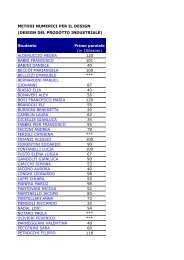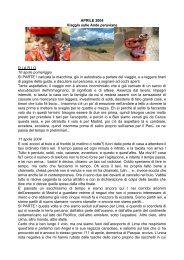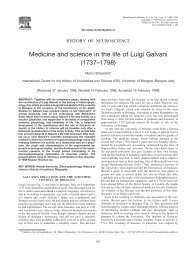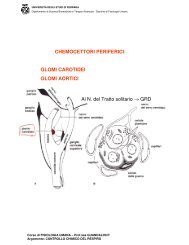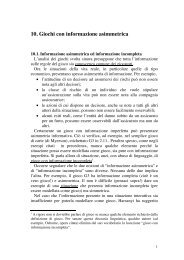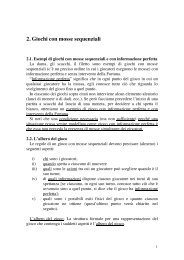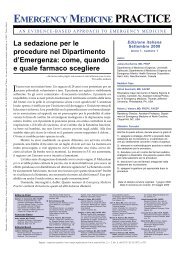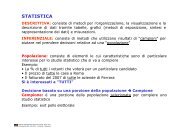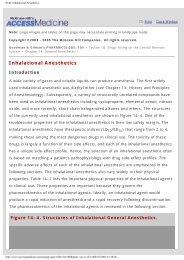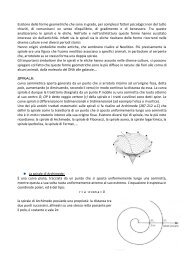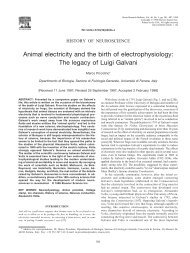Implicit-Explicit Runge-Kutta schemes for hyperbolic systems ... - utenti
Implicit-Explicit Runge-Kutta schemes for hyperbolic systems ... - utenti
Implicit-Explicit Runge-Kutta schemes for hyperbolic systems ... - utenti
You also want an ePaper? Increase the reach of your titles
YUMPU automatically turns print PDFs into web optimized ePapers that Google loves.
The corresponding scalar function<br />
R(z), z ∈ R<br />
is said the function of absolute stability. The eigenvalues of the matrix of absolute<br />
stability are given by the absolute stability function evaluated at the eigenvalues of the<br />
matrix Z<br />
λ(R(Z)) = R(λ(Z))<br />
and there<strong>for</strong>e the spectral radius of the matrix of absolute stability is given by<br />
ρ(R(Z)) = m<br />
max<br />
j=1 |R(λj(Z))|.<br />
Similarly <strong>for</strong> a partitioned <strong>Runge</strong>-<strong>Kutta</strong> scheme applied to the system<br />
one obtains<br />
y ′ = B1y + B2y<br />
y n+1 = R(Z1, Z2)y n<br />
where Z1 = h B1, Z2 = h B2, and the matrix of absolute stability is given by<br />
R(Z1, Z2) = Im + ( ˜w T ⊗ Z1 + w T ⊗ Z2)(Iνm − Ã ⊗ Z1 − A ⊗ Z2) −1 e ⊗ Im.<br />
At variance with the standard case, the spectral radius of the matrix does not depend only<br />
on the eigenvalues of the matrices Z1 and Z2, since the two matrices B1 and B2 in general<br />
do not have a common set of eigenvectors, they can not be diagonalized simultaneously.<br />
20



